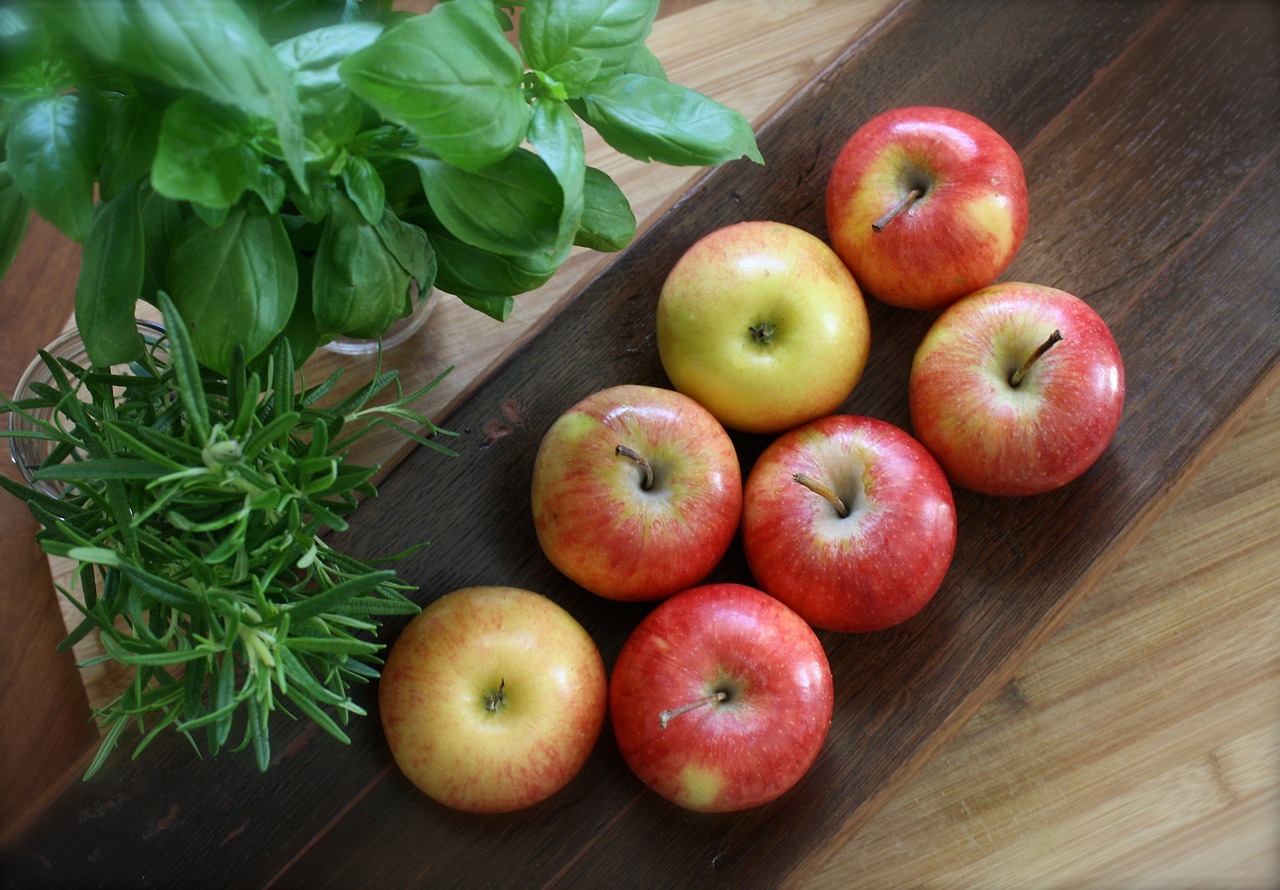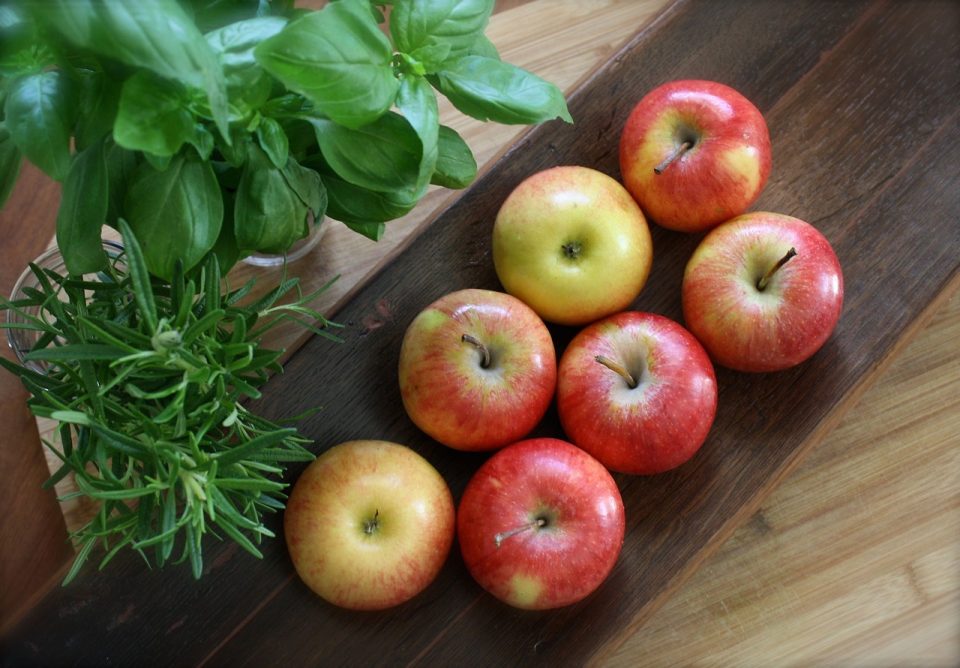
Are you looking for a healthier way to slim down without sacrificing taste? Look no further than salt-free eats! Low-sodium meal plans are becoming increasingly popular as people realize the negative effects of consuming too much salt. Not only can a high-sodium diet lead to health issues such as high blood pressure and heart disease, but it can also cause bloating and water retention, making it harder to achieve your weight loss goals. By opting for salt-free meals, you can still enjoy delicious and satisfying dishes while promoting a healthier lifestyle. In this article, we’ll explore the benefits of low-sodium meal plans and provide some tasty recipes to help you get started on your journey towards a slimmer, healthier you.
1. “Ditch the Salt and Shed the Pounds: A Guide to Low-Sodium Meal Plans”
Maintaining a low-sodium diet can be challenging, especially when you’re used to consuming processed foods and eating out regularly. However, reducing your sodium intake can help you shed some pounds and improve your overall health. Here are some tips to help you create a low-sodium meal plan:
- Choose fresh fruits and vegetables
- Opt for whole grains instead of refined grains
- Use herbs and spices to flavor your meals instead of salt
- Read food labels carefully and choose low-sodium options
- Avoid processed foods, as they tend to be high in sodium
It’s important to note that reducing your sodium intake doesn’t mean sacrificing flavor. You can still enjoy delicious meals by experimenting with different herbs and spices. For example, instead of using salt to season your chicken, try using a blend of garlic, onion, and paprika. By ditching the salt and focusing on fresh, whole foods, you’ll not only shed some pounds but also improve your overall health.
2. “Slimming Down without Sacrificing Flavor: Delicious Salt-Free Eats”
Maintaining a healthy diet is important, but it can be challenging to find flavorful options that are also low in sodium. Luckily, there are plenty of delicious salt-free dishes that can help you slim down without sacrificing taste.
One option is to incorporate more herbs and spices into your cooking. Not only will they add flavor, but many also have health benefits. For example, turmeric is known for its anti-inflammatory properties, while garlic can help lower cholesterol levels. Try experimenting with different combinations of herbs and spices to find your favorite flavor profile. Another way to add flavor without salt is to use acid, such as lemon juice or vinegar, to brighten up your dishes.
In addition to cooking at home, there are plenty of salt-free options when dining out. Look for dishes that are grilled, baked, or roasted, as these cooking methods often require less added salt. Don’t be afraid to ask your server for recommendations or to request that your dish be prepared without added salt. With a little creativity and some exploration, you can enjoy delicious, salt-free meals that will help you reach your health goals.
3. “Healthy Eating Made Easy: Low-Sodium Meal Plans for Weight Loss”
Looking for an easy way to eat healthier and lose weight? Look no further than low-sodium meal plans! By reducing your intake of sodium, you can reduce your risk of high blood pressure, heart disease, and stroke. Plus, a low-sodium diet can help you shed pounds and feel more energized.
To get started with a low-sodium meal plan, focus on incorporating plenty of fresh fruits and vegetables, lean proteins, and whole grains into your diet. Avoid processed foods and packaged snacks, which are often high in sodium. Instead, try cooking meals at home using herbs and spices to add flavor without adding salt. And don’t forget to drink plenty of water to stay hydrated and flush out excess sodium from your body. With a little planning and preparation, healthy eating can be easy and delicious!
Here are some tips to make low-sodium meal planning even easier:
- Plan your meals ahead of time, so you know exactly what you’ll be eating each day.
- Make a grocery list and stick to it to avoid impulse purchases.
- Prep ingredients in advance, such as chopping vegetables or cooking grains, to save time during the week.
- Try new recipes and experiment with different flavors to keep things interesting.
- Don’t be afraid to ask for help or support from friends and family members.
By following these tips and incorporating low-sodium meal plans into your daily routine, you can achieve your weight loss and health goals in no time!
4. “Sodium-Free and Svelte: How to Slim Down with Salt-Free Eats
Maintaining a healthy weight is essential for overall well-being. It is no secret that a diet high in sodium can lead to water retention, bloating, and weight gain. However, cutting down on salt does not mean compromising on taste. Here are some tips on how to slim down with salt-free eats:
– Experiment with herbs and spices: Instead of relying on salt to add flavor to your meals, try using herbs and spices. Basil, oregano, rosemary, thyme, and cumin are some examples of herbs that can add depth to your dishes. Similarly, spices like cinnamon, turmeric, and paprika can add warmth and complexity to your food.
– Choose fresh ingredients: Processed foods are often high in sodium. Opt for fresh fruits and vegetables, lean protein sources like chicken and fish, and whole grains. Not only are these foods low in sodium, but they are also packed with nutrients that can help you maintain a healthy weight.
In addition to these tips, it is also important to stay hydrated and exercise regularly. Drinking plenty of water can help flush out excess sodium from your body, while physical activity can help burn calories and build muscle. With a few simple changes to your diet and lifestyle, you can achieve a sodium-free and svelte physique. In conclusion, a low-sodium diet doesn’t have to mean sacrificing flavor or satisfaction. With the right ingredients and meal plans, you can still enjoy delicious and healthy meals while slimming down. By reducing your sodium intake, you’ll not only improve your overall health but also reduce your risk of developing chronic diseases. So why not give salt-free eating a try? Your body and taste buds will thank you.

